If you’re new to gardening and want to start your green thumb journey, this comprehensive guide will help you get started. It covers a variety of topics such as selecting the right plants for beginners, understanding soil science and composting, and essential tools and equipment needed for gardening.
It also provides tips on setting up and designing your garden, navigating watering needs, and managing pests. Additionally, it explores different gardening styles, including indoor gardening, and offers advice on year-round planting, harvesting, and troubleshooting common issues. Joining gardening communities and seeking guidance from experienced gardeners are also recommended.
Key Takeaways:
- Plant gardening is a rewarding hobby to start, especially for beginners.
- Selecting the right plants, understanding soil science, and having the right tools are essential for successful gardening.
- Setting up and designing your garden, watering and pruning properly, managing pests, and exploring different gardening styles can enhance your gardening experience.
- Joining gardening communities and seeking guidance from experienced gardeners can provide valuable knowledge and support for beginners.
Selecting the Right Plants for Beginners
Choosing the right plants is crucial when you’re starting your gardening journey as a beginner. It’s important to select plants that are easy to grow and care for, as they will give you the confidence to tackle more challenging varieties in the future. When selecting plants, consider your climate and available space to ensure they thrive and don’t become too overwhelming. Here are some recommended plants for beginners:
- Tomatoes – Easy to grow and incredibly rewarding, tomatoes can be grown in containers or in the ground.
- Basil – This herb is a staple in many dishes and can be grown in a sunny spot indoors or out.
- Marigolds – These hardy, low-maintenance flowers come in a variety of vibrant colors and are perfect for adding a pop of color to your garden.
- Succulents – These plants require minimal watering and are perfect for those who are busy or have limited space.
- Mint and Parsley – These herbs are versatile and easy to grow, perfect for adding flavor to your meals.
Remember, the key is to start small and choose plants that are suited to your level of experience.

Understanding Soil Science and Composting
To thrive in your garden, it’s essential to have a good understanding of soil science and composting. Soil is a crucial factor in plant health, as it provides physical support, nutrients, and water. Different soil types, drainage, and nutrient balance affect plant growth and development. Therefore, it’s important to assess your soil type and test its pH level to determine whether it’s acidic, alkaline, or neutral.
Composting kitchen scraps and garden waste is a natural way to enhance soil fertility. Composting allows nutrients to break down in a way that’s easily absorbed by plants, improving soil texture, and water retention. Composting also promotes beneficial microorganisms that break down organic matter into nutrient-rich soil.
| Essential Tools and Equipment for Soil Science and Composting: |
|---|
| Spade |
| Pruners |
| Gloves |
| Watering Can |
Equipping yourself with the right tools for soil science and composting is necessary for a smoother gardening experience.
Crafting a garden layout that maximizes sunlight exposure and optimizes space is crucial. Mulching helps retain moisture and control weed growth. Regular maintenance, including pruning and vigilance for signs of ailments, is necessary. Addressing pest issues using natural methods before resorting to chemicals is essential. Different plant varieties thrive in different seasons, so it’s important to research optimal planting times for specific vegetables, flowers, and herbs.
Harvest fruits and veggies when they’re ripe to enjoy the rewards. Yellowing leaves, pests, and diseases are common garden issues that can be identified and addressed. Connecting with local gardening clubs and online forums helps share experiences and learn from seasoned enthusiasts. Limited outdoor space is not a barrier, as container gardening is a fantastic option.
Watering frequency depends on plant type and weather, aiming for soil dampness rather than saturation. Indoor gardening is possible with plants like succulents and herbs. Choosing the right plants tailored to climate and space is crucial. Providing plants with the right amount of water and sunlight is essential for their health and growth.
Essential Tools and Equipment
Having the right tools and equipment is key to making your gardening experience smooth and enjoyable. As a beginner, investing in basic tools like a spade, pruners, gloves, and a watering can is a good place to start. These tools will allow you to perform essential tasks like planting, pruning, and watering with ease. Sturdy and high-quality tools are recommended to ensure that they last for several seasons and can withstand wear and tear.
Proper planning and design of the garden layout are important to optimize space and maximize sunlight exposure. A garden fork and a hoe are useful tools for preparing soil, while a rake and trowel can assist in planting and weeding. Understanding the growth habits of plants and their sunlight requirements will help you determine the best position for each plant in your garden.
Watering practices are also essential for plant growth. Deep and infrequent watering is the ideal way to promote deep root growth and ensure that plants absorb enough water. Mulching can help retain moisture in the soil and prevent weed growth. Gloves are essential for protecting your hands while working with soil and plants.
| Gardening Tools Checklist for Beginners: |
|---|
| Spade |
| Pruners |
| Gloves |
| Watering can |
| Garden fork |
| Hoe |
| Rake |
| Trowel |
Regular maintenance, including pruning, weed control, and pest management, is necessary for a thriving garden. Joining gardening communities and seeking guidance from experienced enthusiasts can provide valuable insights. Indoor gardening is also a viable option for those with limited outdoor space, with plants like succulents and herbs thriving in indoor environments. Different plant varieties thrive in different seasons, so researching the optimal planting times and growing conditions is essential.
Finally, harvesting is one of the most rewarding aspects of gardening. It’s important to harvest fruits and veggies when they are fully ripe to fully enjoy the rewards of your efforts. Troubleshooting common issues like yellowing leaves, pests, and diseases is part of the gardening journey, and it’s important to learn to identify and address them effectively.

“Investing in good tools is investing in yourself,” said garden designer Monty Don.
By following these tips and guidelines, even beginners can become successful gardeners.
Setting Up and Designing Your Garden
Creating an inviting and well-designed garden is an exciting part of starting your gardening journey. Whether you have a small balcony or a large garden, there are many ways to successfully set up and design your space. Here are some essential tips to help you get started:
| Tip | Description |
|---|---|
| Choose the Right Plants | Consider factors such as your climate, available space, and amount of sunlight and water. Beginner-friendly options include tomatoes, basil, and marigolds. Select plants that align with your specific conditions and preferences. |
| Master Soil Science and Composting | Healthy soil is crucial for a flourishing garden. Learn about different soil types, drainage, and nutrient balance. Enhance your soil’s fertility naturally by composting kitchen scraps and garden waste. |
| Essential Tools and Equipment | Equip yourself with the necessary tools for a smooth gardening experience. Some basic tools include a spade, pruners, gloves, and a watering can. Invest in high-quality and sturdy tools for long-term use. |
| Garden Layout and Design | Effective planning plays a vital role in creating a beautiful garden. Design your garden layout to maximize sunlight exposure and optimize space. Raised beds are recommended for beginners. Consider the growth habits of your plants and adequately prepare the soil before arranging them. |
| Watering Tips | Proper watering is essential for plant growth. Water deeply but infrequently to promote deep root growth. Mulching can help retain moisture and suppress weed growth. |
| Pest Management | Pests can be a challenge in gardening. Swiftly identify and address pest issues. Explore eco-friendly pest control methods, such as neem oil or introducing beneficial insects, before resorting to chemical interventions. |
| Explore Design Possibilities | Gardening offers a spectrum of styles, from structured to cottage gardens. Choose a style that aligns with your taste and complements your space. |
| Indoor Gardening | Limited outdoor space shouldn’t discourage your gardening efforts. Explore indoor gardening options, such as growing succulents and herbs on windowsills or counters. |
| Seasonal Planting | Different seasons offer different plant varieties. Research optimal planting times for specific vegetables, flowers, and herbs to maximize growth. |
| Harvesting Tips | Harvest your fruits and vegetables when they are ripe. Enjoy the rewarding experience of reaping what you have sown. |
| Troubleshooting | Plant issues like yellowing leaves, pests, and diseases may arise. Educate yourself on identifying and combating these issues effectively. |
| Gardening Communities | Join local gardening clubs and online forums to connect with like-minded individuals, share experiences, and learn from seasoned enthusiasts. |
Embarking on a gardening journey requires patience and perseverance. Embrace the challenges and enjoy the process of nurturing a vibrant and thriving garden. With the right knowledge and care, you can transform your outdoor space into a beautiful oasis.
Watering and Pruning Tips
Proper watering and pruning are essential for maintaining healthy plants in your garden. Watering frequency will depend on factors such as the type of plant, soil type, and weather conditions. As a general rule, it is better to water deeply but infrequently to encourage deep root growth. This means watering until the soil is damp at a depth of at least 6 inches. Mulching around plants can help retain moisture and prevent weed growth.
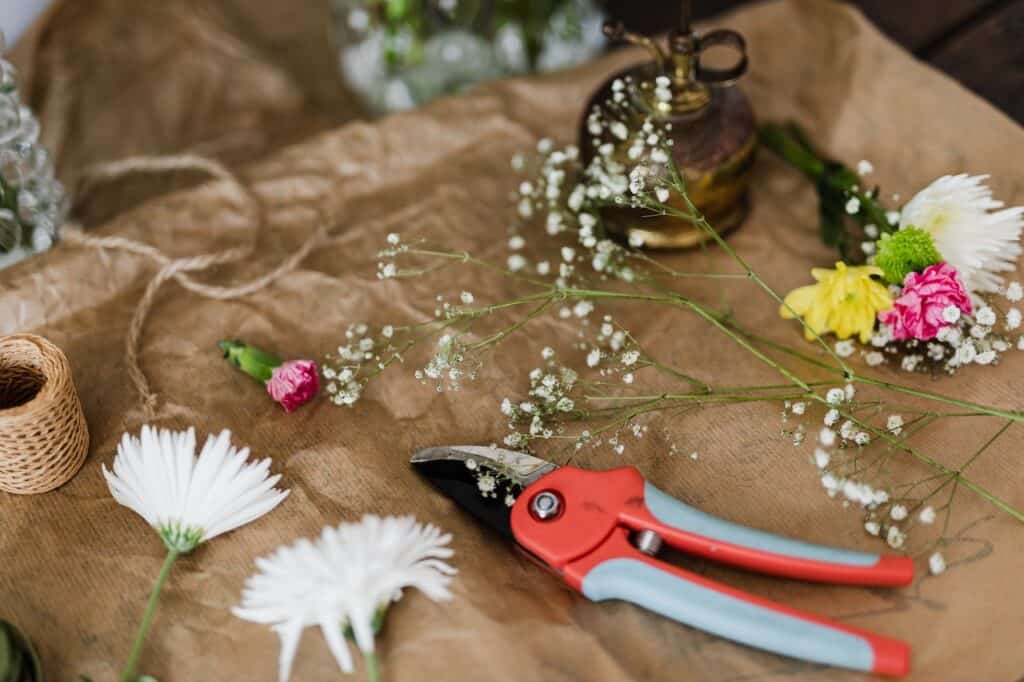
Regular pruning is necessary to trim away dead branches and encourage the growth of healthy new ones. Prune in the early spring or fall, being careful to make clean cuts and avoid damaging the plant. Choose the right tools for the job, such as pruning shears or loppers, and keep them clean and sharp.
When selecting plants for your garden, consider factors such as sunlight availability and water demands. Choose plants that are suited to your environment to minimize the need for watering and pruning.
Common gardening issues such as pests and diseases can be addressed through regular monitoring and prompt treatment. Joining gardening communities, such as local clubs or online forums, can provide valuable advice and support for troubleshooting issues, as well as opportunities for learning and sharing gardening tips.
Pest Management
Dealing with pests is a common concern for gardeners, but there are natural methods you can use to manage them effectively. It’s important to identify and address pest issues swiftly to protect your plants from damage. Rather than resorting to chemical interventions, try embracing natural pest control methods first.
Beneficial insects like ladybugs, praying mantises, and lacewings can help keep pests at bay. You can also use eco-friendly solutions like neem oil, which is extracted from the neem tree and has insecticidal properties. This natural pesticide can be sprayed onto plants to deter and kill pests.
Regular maintenance is also key in pest management. Be sure to trim away lifeless branches, clean up debris, and tackle weeds, as they can serve as a breeding ground for pests.
By taking a 360-degree approach to pest management, you can ensure the health and vitality of your garden without the use of harmful chemicals.
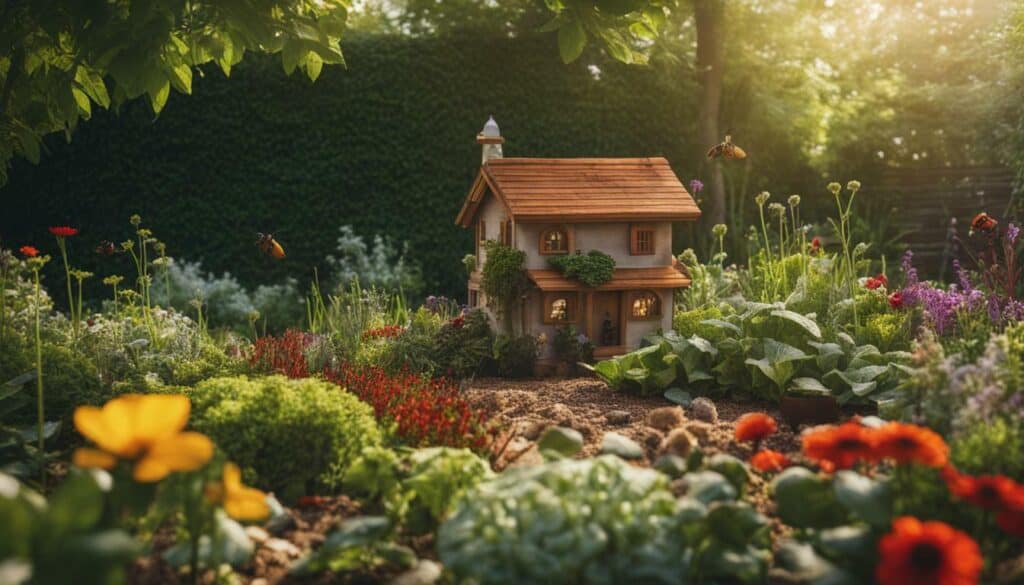
Exploring Different Gardening Styles
There’s a wide variety of gardening styles to choose from, catering to different preferences and available spaces. Structured gardens, with their clean lines and geometric shapes, are perfect for those who prefer a well-ordered space. In contrast, cottage gardens, with their wildflowers and rustic charm, fit those who seek a more natural and relaxed atmosphere.
Indoor gardening is a popular choice for those who live in apartments or areas with limited outdoor space. It allows you to bring the outdoors inside and experiment with growing plants that may not thrive in your climate. Container gardening is another option for small spaces, using pots and planters to grow a variety of plants, including flowers, herbs, and even vegetables.
When selecting plants for your garden, it’s essential to consider factors such as climate, sunlight availability, and water demands. Low-maintenance plants like succulents, herbs, or vegetables like tomatoes and peppers are ideal for beginners.
Healthy soil is essential for a thriving garden, and composting kitchen scraps and garden waste can naturally enhance soil fertility. Use the right tools and equipment, such as gloves, pruners, and a watering can, to make gardening easier. Proper garden layout and design can maximize sunlight exposure and optimize space.
Watering your plants deeply and infrequently can encourage deep root growth, while mulching helps retain moisture. Regular maintenance, such as pruning and pest management, is crucial for a thriving garden. Use natural pest control methods, such as companion planting or homemade remedies, to protect your plants without the use of harmful chemicals.
Joining gardening communities and online forums can provide valuable insights and guidance. You can connect with fellow gardeners, share experiences, and learn from experienced enthusiasts.
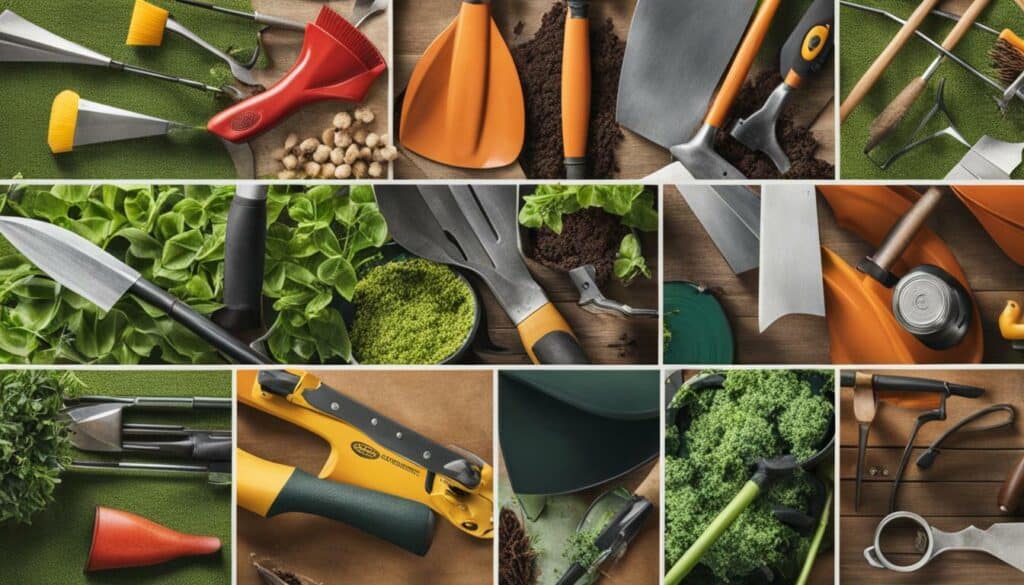
By following these tips and techniques, you can explore different gardening styles and create a vibrant, thriving garden.
Indoor Gardening and Year-Round Planting
Indoor gardening opens up a world of possibilities, allowing you to enjoy plants year-round and make the most of limited outdoor space. Whether you have a windowsill, balcony, or small room, there are many plants that can thrive in an indoor environment and provide a refreshing touch of greenery to your living space.
When selecting plants for indoor gardening, consider the amount of light and humidity in your home. Some plants, like succulents and snake plants, thrive in low light and dry conditions, while others, like ferns and peace lilies, require more moisture and indirect light.
Another important consideration is the type of container you choose for your plants. While traditional plant pots are a popular choice, hanging baskets, terrariums, and wall-mounted planters can also be effective options for adding greenery to your home.
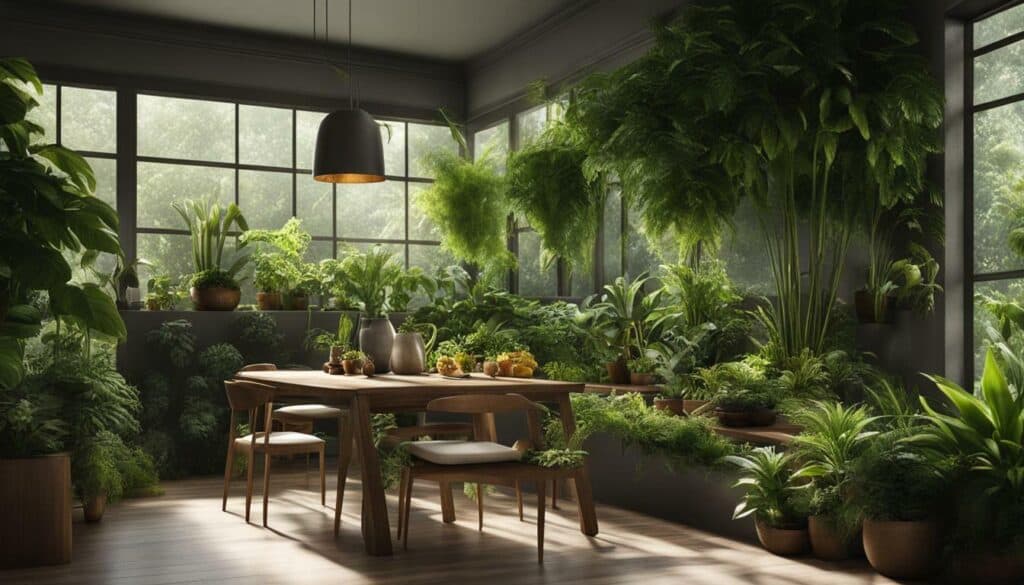
Year-round planting is also possible with indoor gardening. By carefully selecting plants that bloom in different seasons, you can enjoy a variety of colors and scents throughout the year. Herbs like basil and mint can be grown indoors and used in a variety of dishes, while flowers like marigolds and pansies can add a splash of color to your home.
To ensure your indoor plants thrive, be sure to provide the appropriate amount of water and fertilization. Most indoor plants require infrequent watering, with a focus on allowing the soil to dry out before watering again. Fertilization should be done sparingly, with a focus on using organic fertilizers that are gentle on your plants.
Indoor gardening can also have health benefits, including improved air quality and reduced stress levels. Research has shown that indoor plants can help purify the air by removing toxins and pollutants, while also creating a calming and relaxing atmosphere.
Overall, indoor gardening and year-round planting can be a rewarding and enjoyable pursuit, allowing you to connect with nature in the comfort of your own home. With the right plants, tools, and techniques, you can create a thriving indoor garden that enhances your living space and provides endless enjoyment.
Harvesting Tips and Troubleshooting Common Issues
Harvesting your homegrown produce is a rewarding experience, but it’s important to know the right time and methods for each plant. This will ensure that you can enjoy the fruits of your labor at their best. Some vegetables, such as tomatoes, are best harvested when fully ripe, while others, such as green beans, are best when they are still young and tender.
When it comes to troubleshooting common issues in your garden, prevention is key. By regularly inspecting your plants for signs of pests, diseases, or other issues, you can catch problems early and take action to prevent them from spreading. Yellowing leaves, for example, may indicate a nutrient deficiency or pest problem. Identifying the cause and addressing it promptly can help keep your plants healthy and thriving.
If you encounter issues that are difficult to solve on your own, don’t hesitate to seek out help from local gardening clubs or online forums. Experienced gardeners can offer valuable insights and advice based on their own experiences. By joining these communities, you can also connect with other gardeners who share your passion and learn from their successes and failures.
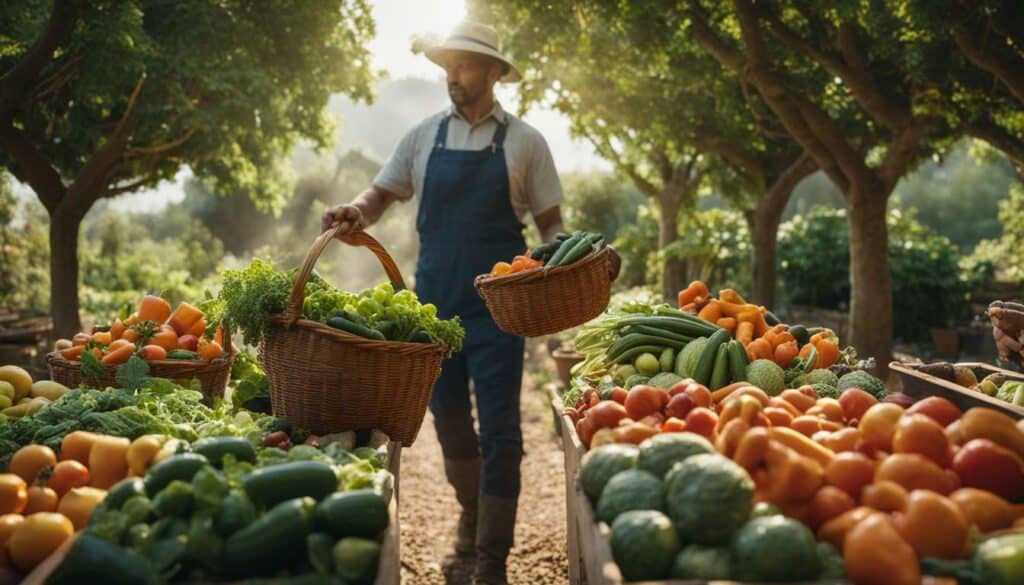
Remember, gardening takes patience and dedication. With the right care and attention, you can create a thriving and vibrant garden that provides you with fresh produce and a sense of satisfaction. Along with harvesting tips and troubleshooting common issues, be sure to explore other important aspects of plant gardening for beginners, such as plant selection, soil science, garden layout, water management, and pest control. By educating yourself on these topics and utilizing essential tools and equipment, you can set yourself up for success in your green thumb journey.
Joining Gardening Communities for Support and Learning
Joining gardening communities is a fantastic way to expand your knowledge, find support, and connect with like-minded individuals. Whether you are a beginner or an experienced gardener, these communities offer valuable resources to help you achieve success in your gardening journey.
Gardening clubs provide opportunities to meet with fellow gardeners in person, share experiences, and learn from experts in the field. You can also participate in activities and events organized by the club, such as plant swaps and garden tours.
Online gardening forums allow you to connect with people from around the world, sharing tips and advice on everything from choosing the right plants and soil to dealing with pests and diseases. These forums are also a great place to ask questions and seek advice on specific gardening issues.
| Benefits of Joining Gardening Communities |
|---|
| Access to a wealth of knowledge and resources |
| Opportunities to meet and learn from experienced gardeners |
| Support and guidance for beginner gardeners |
| Participation in gardening activities and events |
| Connection with like-minded individuals who share your passion for gardening |
By joining a gardening community, you can gain access to valuable information and resources that will help you succeed in your gardening journey. Whether you are interested in growing vegetables, cultivating flowers, or creating a beautiful landscape design, there is a community out there that can provide the support and guidance you need to achieve your goals.
Remember, gardening is a journey, and there is always something new to learn. By joining a gardening community, you can tap into a wealth of knowledge and support that will help you nurture your plants and achieve a vibrant and thriving garden.
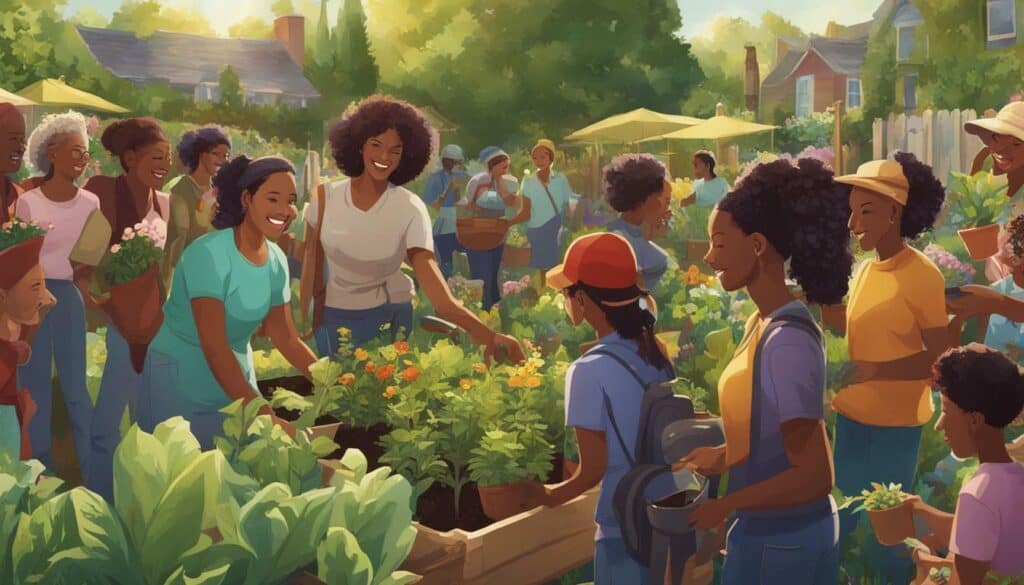
Conclusion
Embarking on your plant gardening journey as a beginner can be both exciting and fulfilling, and with the tips and guidance provided in this guide, you’ll be well-equipped to cultivate your green thumb and create a thriving garden. Remember to select plants suitable for your climate and space, and to understand the basics of soil science and composting. Having the right tools and equipment, planning your garden layout, and mastering watering techniques are crucial to your success.
Don’t forget to regularly maintain your garden, manage pests, and explore different garden styles. You can extend your gardening season by trying indoor gardening and year-round planting. Finally, joining gardening communities and seeking guidance from experienced gardeners can offer both support and new knowledge to help you grow your skills.
With dedication and care, you can transform your gardening journey from a novice adventure to a blossoming expedition. Happy planting!
FAQ
Q: What are some beginner-friendly plants to start with?
A: Some beginner-friendly plants to start with include tomatoes, basil, and marigolds.
Q: How can I garden with limited outdoor space?
A: You can garden with limited outdoor space through container gardening, which allows you to grow plants in pots and containers.
Q: How often should I water my plants?
A: The frequency of watering your plants depends on factors such as the type of plant, weather conditions, and soil moisture. Generally, it’s best to water when the top inch of soil feels dry.
Q: What are some natural pest control methods for my garden?
A: Some natural pest control methods for your garden include companion planting, using organic insecticides, and attracting beneficial insects like ladybugs and lacewings.
Q: How can I cultivate vegetables indoors?
A: To cultivate vegetables indoors, you can use containers with proper drainage, provide adequate lighting with grow lights, and ensure proper air circulation and temperature for the plants.
Q: How do I troubleshoot common gardening issues?
A: Common gardening issues can be troubleshooted by identifying the problem, researching potential causes and solutions, and taking appropriate actions such as adjusting watering or addressing nutrient deficiencies.
Q: Why should I join gardening communities?
A: Joining gardening communities, such as local gardening clubs and online forums, provides support, opportunities to learn from experienced gardeners, and a chance to connect with fellow gardening enthusiasts.
What are the Basic Techniques for Plant Gardening as a Beginner?
When just starting out with plant gardening, understanding the plants basics for beginners is crucial. Begin by selecting easy-to-care-for plants like succulents or herbs. Ensure they receive adequate sunlight and water, but not too much. Use nutrient-rich soil and consider using organic fertilizers. Regularly prune to promote healthy growth and remove any dead leaves or flowers. With practice and patience, you’ll develop your green thumb.
Source Links
- https://plantcareforbeginners.com/articles/houseplants-101-how-to-get-a-green-thumb
- https://medium.com/@mohammed.touson/gardening-for-beginners-a-comprehensive-guide-to-cultivating-your-green-thumb-8bfd4f73e3a9
- https://portfarms.com/finding-your-green-thumb/
- https://www.amazon.com/Gardening-101-Beginners-Guide-Cultivating/dp/B0CC7QS54Y
- https://www.almanac.com/vegetable-gardening-for-beginners
- https://www.homesandgardens.com/gardens/best-plants-for-beginners
- https://growinginthegarden.com/gardening-for-beginners-how-to-start-a-garden-in-8-simple-steps/
- https://www.finegardening.com/project-guides/gardening-basics/the-basics-of-soil-biology
- https://www.permaculturenews.org/2014/08/04/soil-science-basics-beginners/
- https://gardenerspath.com/soil/soil-in-your-backyard/
- https://www.almanac.com/gardening-tools-guide
- https://www.azurefarmlife.com/farm-blog/essential-garden-tools-for-beginners
- https://www.washingtonpost.com/home/2023/02/28/essential-garden-tools/
- https://simplysmartgardening.com/garden-design-how-to/
- https://littleterracedhouse.com/2021/04/22/a-beginners-guide-to-designing-a-garden/
- https://www.houzz.com/magazine/10-tips-to-start-a-garden-can-do-ideas-for-beginners-stsetivw-vs~11308212
- https://thistledownsfarm.com/6-simple-pruning-tips-for-beginners/
- https://www.gardenersworld.com/how-to/grow-plants/gardening-for-beginners-how-to-care-for-your-garden/
- https://journeywithjill.net/gardening/2023/05/31/pest-control-tips-for-the-beginning-gardener/
- https://www.bhg.com/gardening/pests/insects-diseases-weeds/garden-pest-control/
- https://www.aces.edu/blog/topics/lawn-garden/garden-bugs-insect-pest-management-in-home-vegetable-gardens/
- https://www.gardenersworld.com/plants/gardening-for-beginners-planting-styles/
- https://www.gardenersworld.com/how-to/gardening-for-beginners/
- https://empressofdirt.net/grow-vegetables-indoors/
- https://theprovidentprepper.org/how-to-grow-an-indoor-survival-garden/
- https://naturezedge.com/the-starter-guide-to-indoor-gardening
- https://www.gardeningchannel.com/gardening-tips-for-common-garden-problems-and-mistakes/
- https://www.gardeningknowhow.com/edible/vegetables/vgen/harvesting-for-beginners.htm
- https://miraclegro.com/en-us/gardening-101/10-top-gardening-tips-for-beginners.html
- https://content.ces.ncsu.edu/how-to-organize-a-community-garden
- https://www.gardeners.com/how-to/join-a-community-garden/8846.html
- https://lagardencouncil.org/start-a-garden/
- https://content.ces.ncsu.edu/home-vegetable-gardening-a-quick-reference-guide
- https://sites.google.com/a/hanalani.org/growing/conclusion
- https://www.betterhealth.vic.gov.au/health/healthyliving/gardening-for-children

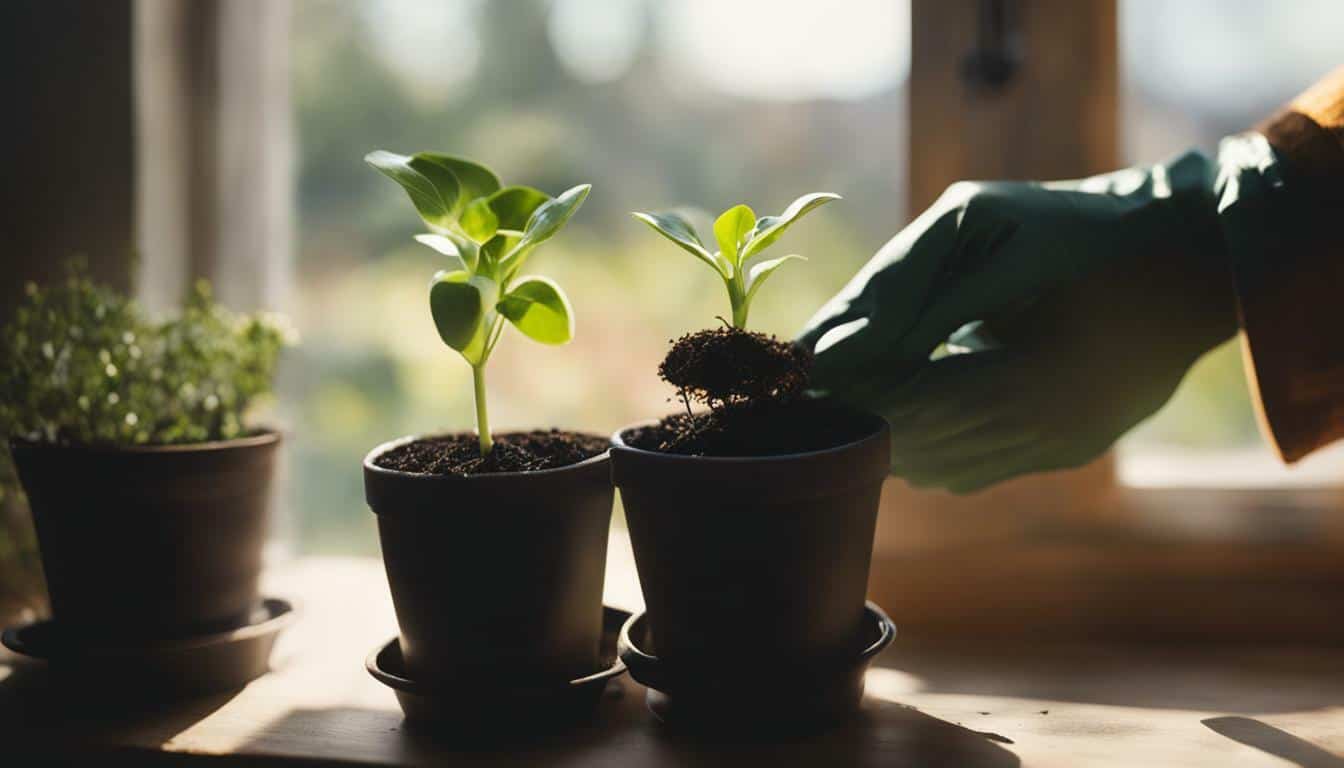



Leave a Reply